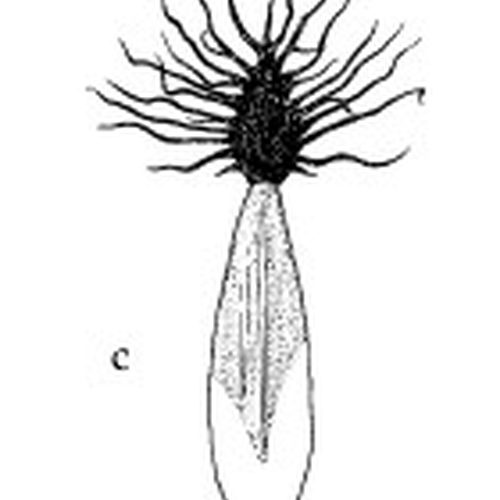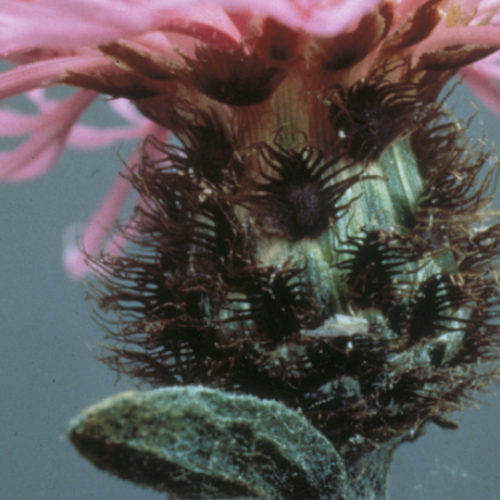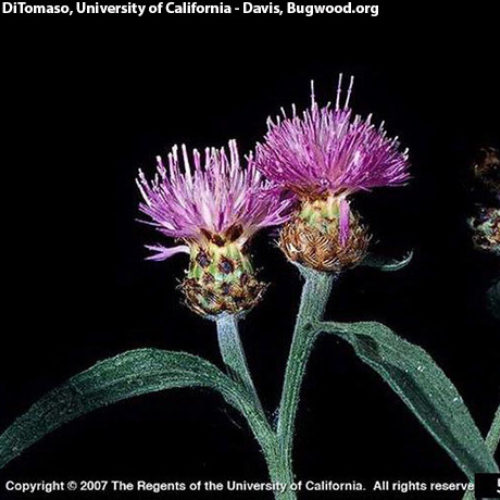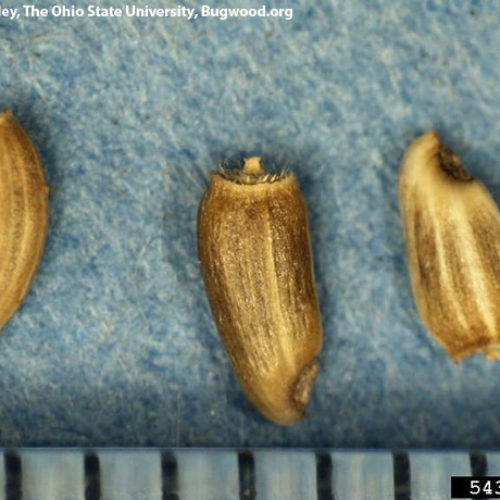Black Knapweed
Centaurea nigra
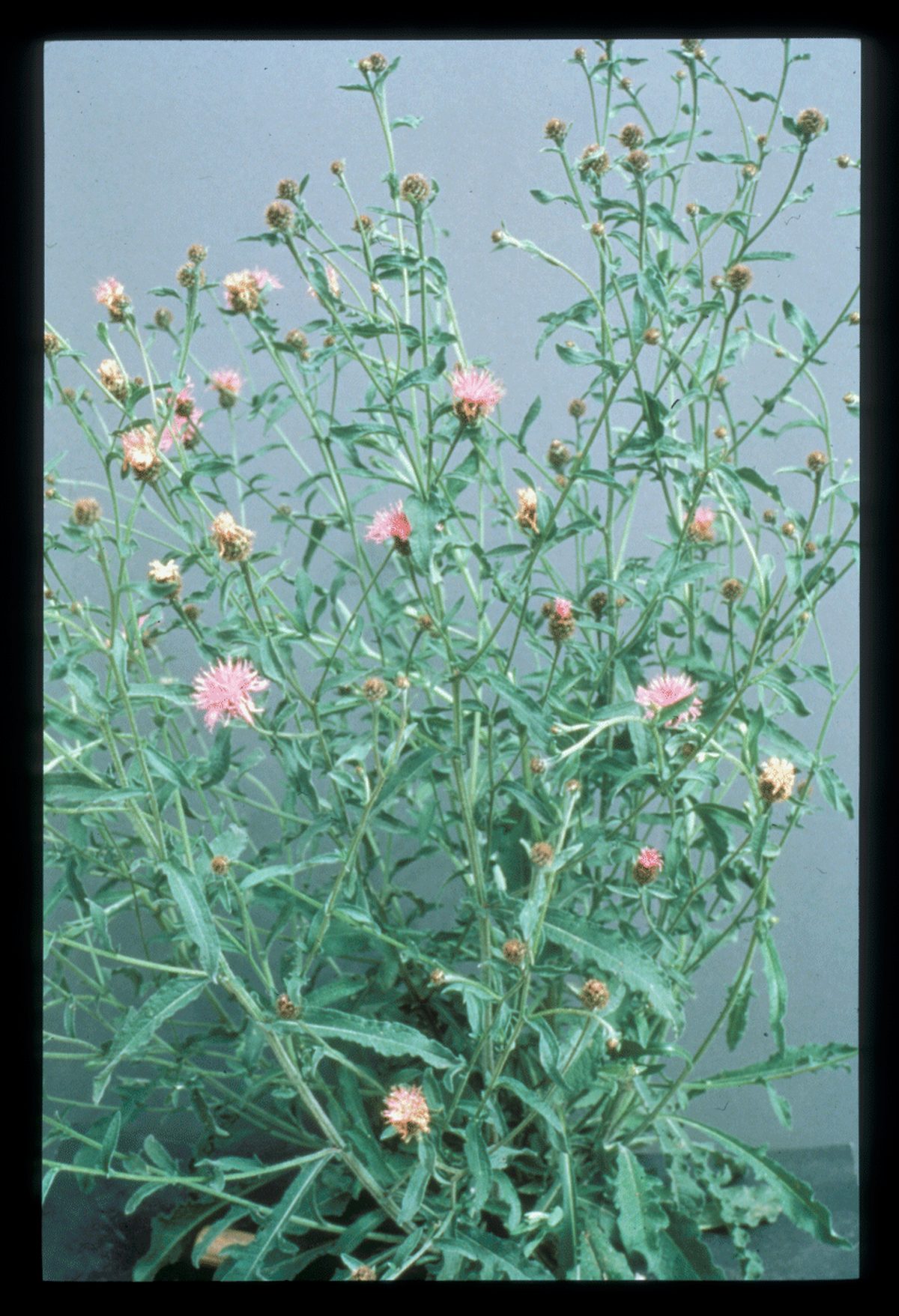
Family: Asteraceae
Other Common Names: lesser knapweed
Weed class: B
Year Listed: 1988
Native to: Europe
Is this Weed Toxic?:
not known to be
Legal listings:
This plant is also on the Washington State quarantine list. It is prohibited to transport, buy, sell, offer for sale, or distribute plants or plant parts of quarantined species into or within the state of Washington or to sell, offer for sale, or distribute seed packets of seed, flower seed blends, or wildflower mixes of quarantined species into or within the state of Washington. Please see WAC 16-752 for more information on the quarantine list. For questions about the quarantine list, contact the Washington State Department of Agriculture's Plant Services Program at (360) 902-1874 or email PlantServices@agr.wa.gov.
Why Is It a Noxious Weed?
Knapweed invasions have many impacts including an increase in production costs for ranchers, degrading wildlife habitat, crowding out desirable forage, decreasing plant diversity, increasing soil erosion rates, and posing wildfire hazards.
How would I identify it?
General Description
Black knapweed is a perennial growing from 1 to 5 feet (20 to 150 cm.) tall. Stems are upright and branched and typically covered in short hairs. It flowers from summer to fall.
Flower Description
Flowerheads occur at branch tips. Bracts at base of flowerhead covered with dark brown or black fringed margins up to 3 times as long as the bract. Flowerheads made up of 40 to 100+ purple (or rarely white) flowers.
Leaf description
Basal leaves have leaf stalks and are narrow with widest point near the base of the leaf or with the widest point at the middle. The stem leaves become smaller and narrower moving up the stem and stalkless. Leaf margins slightly toothed or smooth.
Stem description
Black knapweed has one to many branching stems covered in hairs.
Fruit Seed Description
Seeds may have short blackish unequal bristles on one end that can fall off.
May Be Confused With
Many species of Centaurea look very similar to each other, making identification difficult. If you need help with plant identification, please contact your county noxious weed coordinator.
Where does it grow?
Black knapweed grows along roadsides, in meadows, pastures and open areas. Please click here to see a county level distribution map of black knapweed in Washington.
How Does it Reproduce?
Black knapweed reproduces by seed and can regenerate from the crown as well as by perennial root spread.
How Do I Control It?
General Control Strategy
Fire, tilling and seeding, mowing (clipping), fertilization, improved grazing systems, and combinations of those technologies.
Herbicide Control
Please refer to the PNW Weed Management Handbook, or contact your county noxious weed coordinator.
For More Information
Selected Knapweeds of Washington Brochure
See our Written Findings for more information about black knapweed (Centaurea nigra).
Whatcom County NWCB Control Options for Knapweeds



